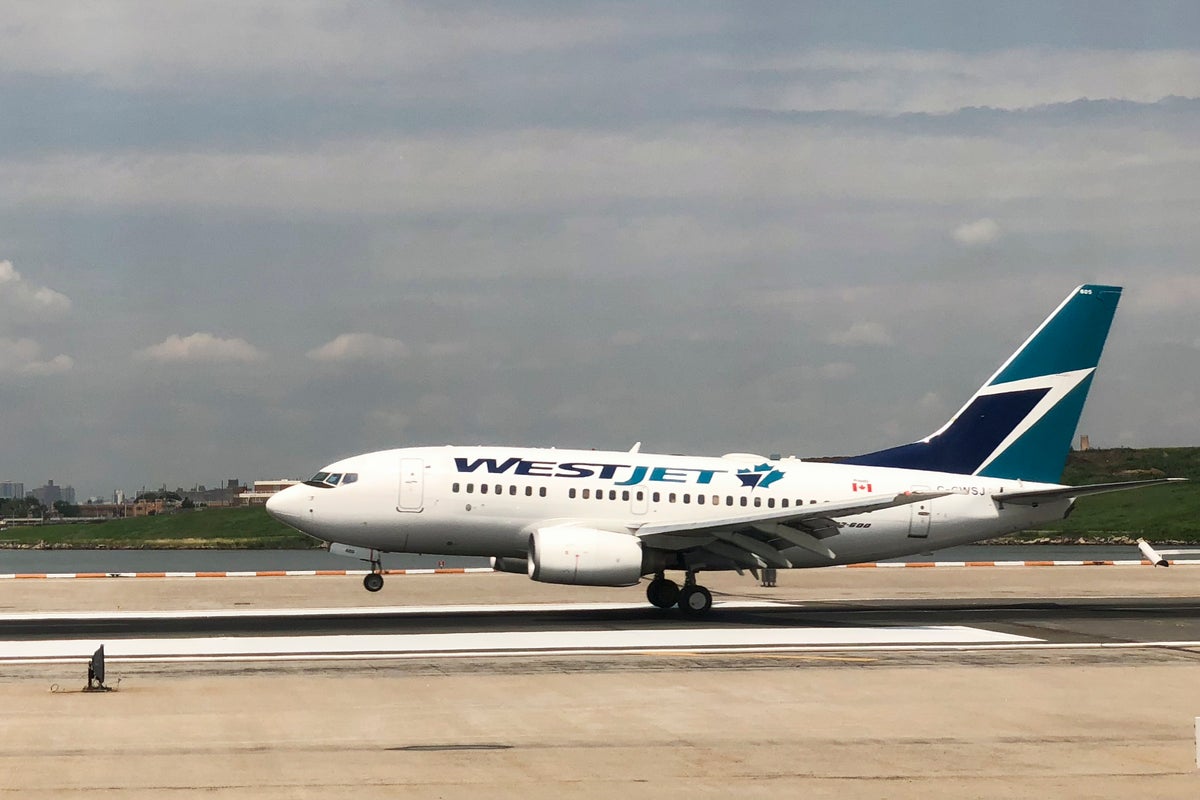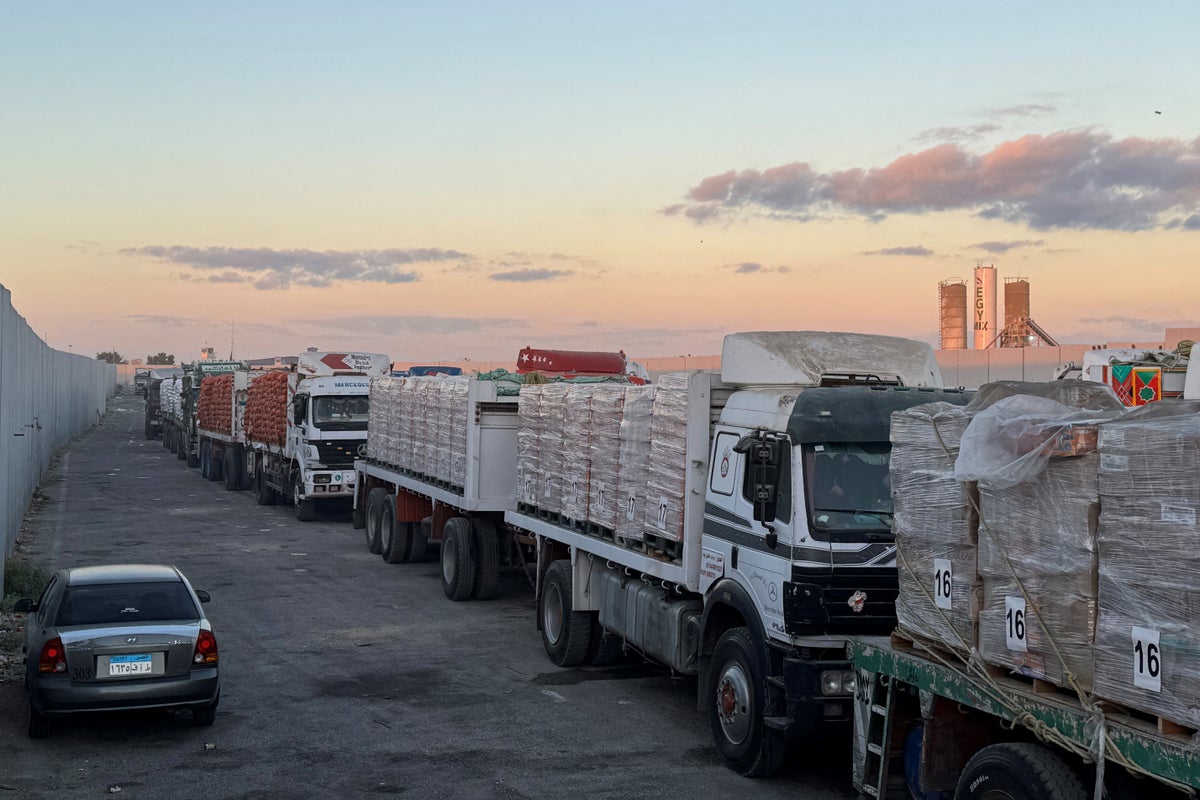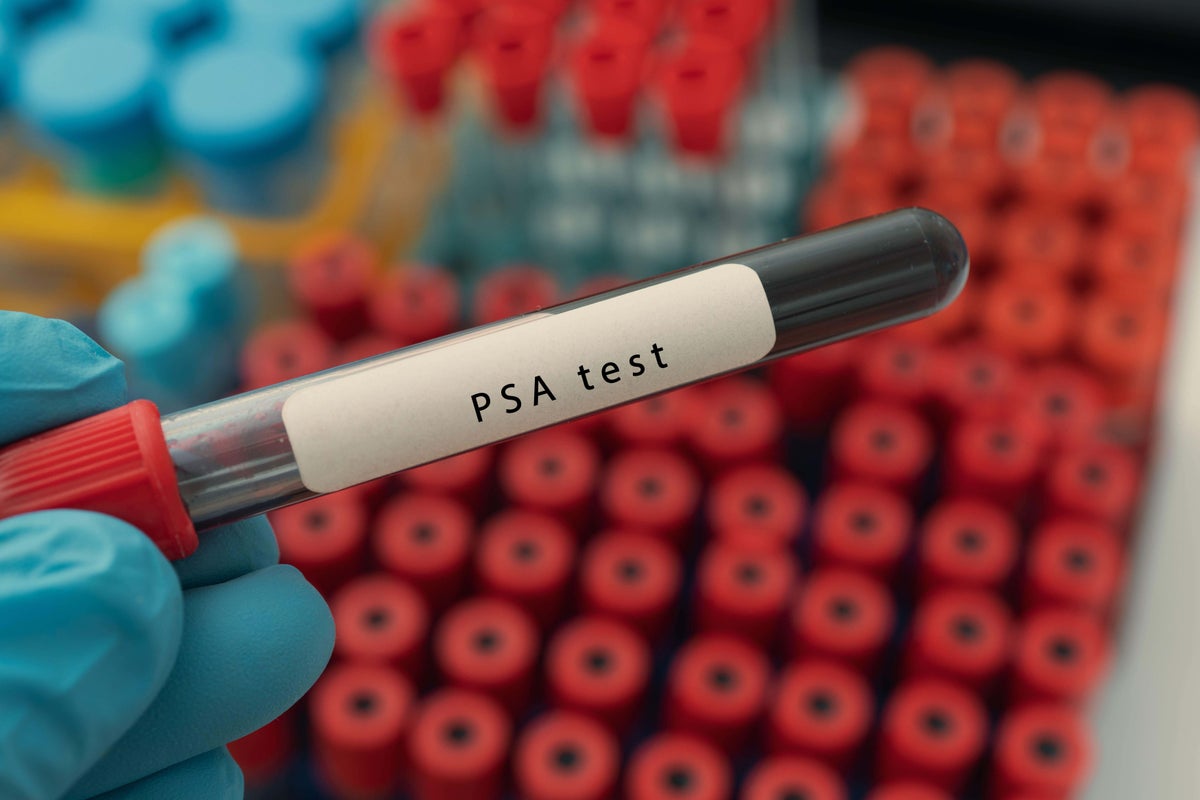Chinese customs officers in the eastern province of Shandong have confiscated 60,000 maps they said contained “errors”, including mislabelling Taiwan and omitting parts of the South China Sea that Beijing claims as its own.
Authorities said the maps, intended for export, endangered China’s “national unity, sovereignty and territorial integrity”, according to reports.
They also lacked the nine-dash line – a marker used by Beijing to assert its control over nearly the entire South China Sea – and omitted several “important islands”, including those disputed with Japan and Southeast Asian neighbours, reported Channel News Asia.
China’s General Administration of Customs said officers in the coastal city of Qingdao intercepted the “problematic” maps during an inspection.
The maps did not include the Diaoyu Islands – known as the Senkaku Islands in Japan – or the maritime boundary separating Chinese and Japanese territory, according to a statement released this week.
Officials also accused the producers of failing to obtain review numbers from the Ministry of Natural Resources, which must approve all maps and cartographic products before they are distributed or exported from mainland China.
Beijing regards the self-ruled island of Taiwan as part of its territory and has not ruled out the use of force to bring it under its control.
Taiwan, however, operates as a separate democracy with its own government and constitution. The mainland’s demand that maps label the island as a “province of China” reflects that position.
The nine-dash line, which extends from China’s southern coast across hundreds of miles of open sea, represents Beijing’s sweeping claim to most of the South China Sea. The area is also claimed in parts by the Philippines, Vietnam, Malaysia, Brunei and Taiwan. A 2016 international tribunal in The Hague rejected the line as legally invalid – a ruling China dismissed.
The seizure of the maps comes as maritime tensions escalate again in the region. Over the weekend, Manila accused a Chinese coastguard vessel of deliberately ramming and firing a water cannon at a Philippine government boat near Thitu Island, part of the contested Spratly Islands.
Beijing countered that the incident occurred after the Philippine ship “ignored repeated stern warnings” and “dangerously approached” its vessel.
Washington, a defence ally of the Philippines, condemned the “ramming and water cannoning” and reaffirmed its support for Manila “as they confront China’s dangerous actions which undermine regional stability”.
Confiscation of maps that do not align with China’s official borders is not uncommon, though the number seized in Shandong is unusually high.
In 2019, customs officers in the same city destroyed 29,000 maps that depicted Taiwan as a separate country, while in 2022, officials in Zhejiang province seized more than 23,000 for similar reasons.
Goods that fail customs inspection in China are typically destroyed, and authorities said the latest batch of maps will meet the same fate.

.jpeg)






















.jpeg)














 English (US) ·
English (US) ·